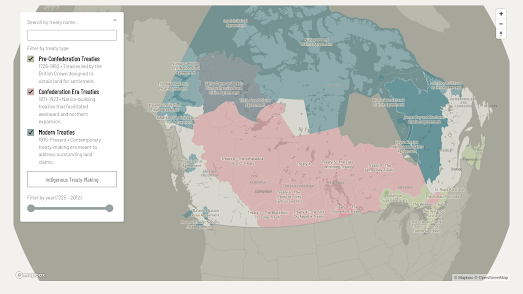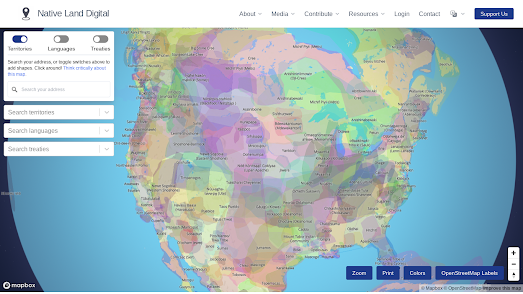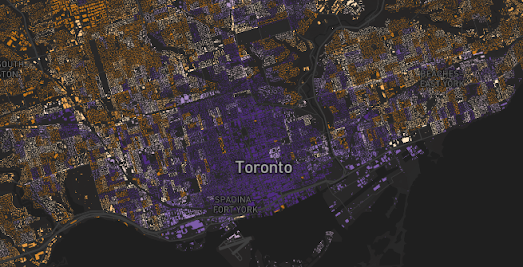Passenger rail services in 1980 and 2024 interactive map visualizes the Amtrak (red) and VIA Rail (blue) systems in 1980 and 2024, alongside independent railways and commuter services (green). The map highlights a notable decline in the availability of passenger rail services in both the USA and Canada over the last 44 years.
Using the map's slide control, you can easily switch between the rail services available in 1980 and those in 2024. This quick comparison starkly illustrates the reduction in passenger rail services in both countries. Additionally, the 1980 map includes notable routes (in grey) that were discontinued after 1976, revealing an even more dramatic decline when comparing the situation today to earlier years.
Canada: Passenger Rail Decline
In Canada, VIA Rail’s 2024 service levels have significantly decreased compared to 1980, especially in terms of the number of routes and trains available outside the core Quebec City-Windsor Corridor. The focus has shifted toward fewer but higher-quality services in high-demand areas, often at the expense of rural and remote connectivity.
USA: Amtrak’s Reduced Long-Distance Services
In the USA, Amtrak’s long-distance services are less frequent in 2024 than in 1980, with several routes entirely discontinued. The 1980 map also shows numerous additional routes (in grey) that were abandoned between 1976 and 1980.
For a broader perspective, Vox’s animated map - the decline of passenger railway services in the US - illustrates the steady erosion of American rail since 1962.
Freight vs. Passenger Rail in North America
It's important to recognize that while passenger rail has declined, the USA still possesses an extensive rail network. This is clearly shown on the National Rail Network map of Canada, the USA, and Mexico. However, this vast network is predominantly used for freight transportation rather than passenger rail.
The United States actually has one of the largest rail networks in the world, but freight railroads account for approximately 140,000 miles of track, while Amtrak operates on around 21,000 miles, most of which it does not own. Instead, Amtrak relies on agreements with freight railroads to use their tracks, often resulting in delays because freight trains are given priority.
Global Rail Network Comparisons
For a deeper comparison of the U.S. rail network with those of other countries, you can refer to OpenRailwayMap. This resource uses OpenStreetMap data to create a worldwide, open, up-to-date, and detailed map of global rail networks.

































